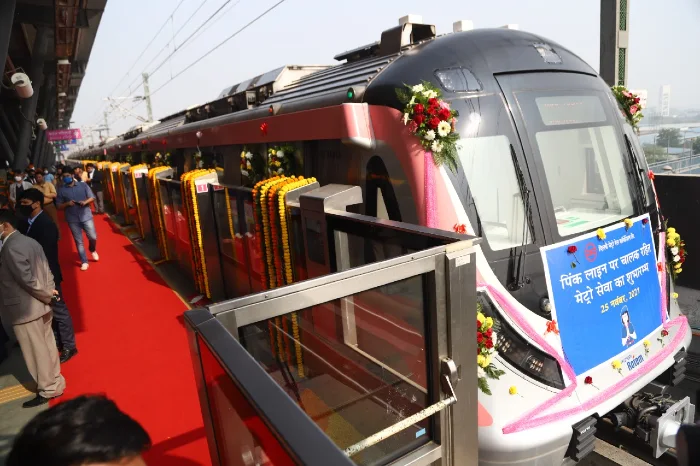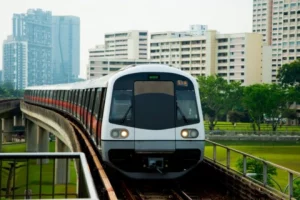Driverless Train Operations (DTO) were launched on the 59-kilometre Pink Line (Majlis Park to Shiv Vihar) on Thursday, taking Delhi Metro's fully-automated network to about 97 kms, the fourth largest in the world.
Prime Minister Narendra Modi had launched the first driverless train operations of the Delhi Metro in December 2020 when he had flagged off the Magenta Line's driverless operations. In the next 11 months, the only DTO network in India has added a 59 km stretch of driverless operations.
Delhi Metro Rail Corporation (DMRC) is in the elite league of world's seven per cent mass rapid transit systems which operate fully-automated metro networks.
The Driverless Train Operation brings more flexibility in train operations, reduces human interventions and also human errors. It will also help in improving the availability of coaches for service. The driverless metro trains will eliminate the manual process of checking done before induction, subsequently reducing burden on train operators. The parking on the stabling line in depots will also be done automatically.
The DMRC has already started reaping benefits of driverless operations on its Magenta Line in terms of increased availability of coaches for service. Reliability of the trains has increased manifold due to exhaustive self-tests done before induction in service everyday automatically, eliminating all possibilities of human error. The benefits will further increase with a longer network under driverless train operation.

While virtually inaugurating the Driverless Train Operation today, Housing and Urban Affairs minister Hardeep Puri said that Delhi Metro has emerged as a symbol of the technological prowess that India possesses.
"It is the backbone for socio-economic connectivity in the region, and plays an invaluable part in the everyday urban experience of Delhiites and other commuters," said Puri.

In DTO, initially, the train operator will be present in the train to instil a sense of confidence and assistance. DTO’s higher level of diagnostic features will help move from conventional time-based Maintenance to Condition Based Maintenance which will also reduce maintenance down time of trains.
Also Read: Europe offers Central Asia new connectivity options that counter China's Belt and Road Initiative




















